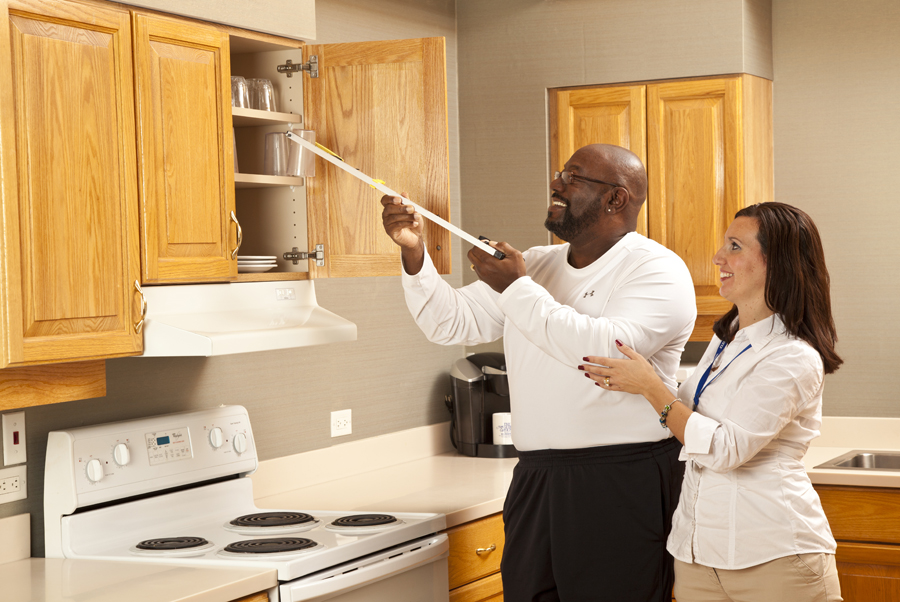Learn Common Athletic Ailments and Efficient Rehabilitation Strategies for Sports Players
Learn Common Athletic Ailments and Efficient Rehabilitation Strategies for Sports Players
Blog Article
Athletic injuries are common among athletes of every ages and skill levels. These traumas can happen in multiple types, including ligament injuries, muscle injuries, fractures, and tendon inflammation. Comprehending the types of traumas that can happen during sports events is essential for not only avoiding and treatment. Ligament injuries, for example, involve the overextending or rupturing of ligaments, which link bones at a joint. Strains, on the contrary hand, affect muscle tissues or tendon structures, which attach muscles to skeletal structures. Identifying these injuries promptly can assist athletes seek suitable care and come back to their sport more quickly.
One of the frequently frequently observed injuries in athletics is the foot sprain. This trauma often occurs when an athlete touches down awkwardly or rotates their ankle during a game. Symptoms of an foot ligament injury include pain, swelling, and trouble walking. Prompt treatment typically includes the R.I.C.E. approach, which stands for Recovery, Ice, Wrapping, and Elevation. This method helps reduce inflammation and pain. In severe severe situations, rehabilitative therapy may be required to regain strength and mobility to the foot before going back to athletics.
Another common trauma is a muscle injury, which can happen in any sport that demands sudden actions or intense lifting. Sportspeople may experience a muscular injury when they stretch a muscular tissue too far or when they apply too much effort. Symptoms include acute pain, inflammation, and muscular spasms. Recovery for muscle strains often includes light stretching and conditioning exercises. Slowly increasing exercise levels is vital to prevent re-injury. Sportspeople should work tightly with a physical specialist to develop a secure and efficient rehabilitation plan.
Tendonitis is another trauma that can affect athletes, particularly those who engage in repetitive motions, such as runners or swimmers. This issue occurs when a click this over here now tendon, which connects muscular tissue to skeletal structure, gets inflamed. Common areas involved by tendon inflammation include the elbow, shoulder, and leg. Signs often include discomfort and stiffness, especially during activity. Treatment for tendonitis usually involves recovery, ice, and anti-inflammatory drugs. In some cases, physical therapy may be recommended to enhance flexibility and power in the affected area.
Avoiding athletic traumas is just as crucial as treating them. Athletes can reduce their risk of injury by warming up properly before events, using the appropriate equipment, and maintaining good physical shape. Power training and flexibility workouts can assist prepare the body for the requirements of sports. Additionally, athletes should listen to their bodies and take breaks when needed. By understanding frequent athletic traumas and implementing effective recovery strategies, athletes can stay fit and participate in their favorite athletic activities for years to come.